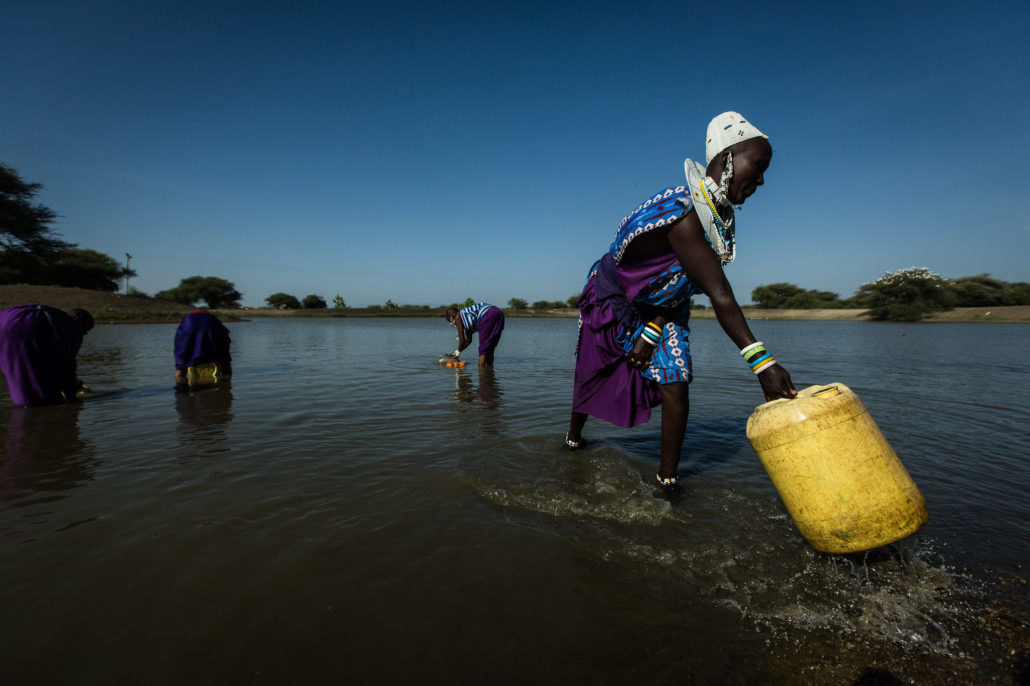5 Facts About Water Security in Tanzania

Tanzania’s economy, health and food security rely on the sustainable management of water resources. The United Nations has entrenched access to clean water and proper sanitation as a fundamental human right. However, this has not prevented the lack of water security in Tanzania, particularly in rural areas, from negatively impacting sectors like education and health care. On the positive side, efforts are ongoing to improve water security in the country.
5 Issues Affecting Water Security in Tanzania
- Changing Weather Patterns: According to forecasts, the average temperature in Southwest Tanzania could increase by 3 degrees Celsius by the end of the century, leading to higher evaporation rates and significantly affecting water availability.
- Mismanagement of Water Resources: Economic growth in Tanzania has prompted a growing demand for water. Yet, water management services fail to match this high level of demand, leaving 21 million citizens unable to access improved drinking water in 2017. In particular, this issue disproportionately affects poor rural districts.
- Poor Infrastructure: An estimated 80% of rural Tanzanians in rural areas use outmoded water and sanitation infrastructure such as pit toilets. A pit toilet is a type of toilet that collects human feces in a ground hole. These toilets typically do not have any lids to prevent groundwater pollution, thereby increasing the prevalence of water-related diseases. This lack of adequate toilet facilities also affects schools in the country. According to USAID in 2021, around 10% of menstruating girls in Tanzania drop out of school due to a lack of hygiene and sanitation facilities to properly and privately manage their menstruation.
- Health Impacts. Diarrhea-related diseases account for around 26,000 deaths due to the pathogen-infested water supply. Illnesses from the contaminated water have dire effects on education as school children lose as many as 33 million school days per annum. In 2015, only 17% of rural districts had access to sanitary water services. Additionally, according to reports, approximately 40% of the Tanzanian population has access to sanitary water services.
- Poor Hygiene: Tanzania only has a handful of public or private places where people can maintain proper hygiene practices, such as handwashing. While some places have handwashing areas, there is often no wash soap and non-contaminated water. Poor water, hygiene and sanitation services in Tanzania also significantly impact the health of school children as 84% of schools in the country lack access to handwashing facilities.
Improvement Efforts
From Jan. 4, 2016, to April 30, 2021, the U.S.-aided Water Resources Integration Development Initiative (WARIDI) intervened to combat the interconnected issues concerning water security in Tanzania. It collaborated with 20 local government authorities between the Wami-River and Rufiji River basins to drive the sustainable management of water resources. This included increased access to water, sanitation and hygiene (WASH) services. Basin water officers received training on interpreting data regarding sustainable and resilient water management. WARIDI used modern equipment that monitors the flow of water in various streams supplying major rivers.
WARIDI’s efforts created a succinct study of climate vulnerability that could be incorporated into its model for the efficient allocation of water resources. The organization aided in the establishment and development of 50 water infrastructure projects for 500,000 inhabitants across the Morogoro and Iringa regions of Tanzania in May 2021. The project provides access to potable water in rural regions, negating the need for 255,000 women to undertake perilous journeys to collect water.
Looking Ahead
Overall, WARID’s comprehensive approach to recognizing the importance of water conservation and maintenance of water infrastructure has played a significant role in alleviating issues related to water security in Tanzania. It has enhanced the living standards of many inhabitants through a variety of advanced water supply resources, including submergible pumps, solar panels, chlorine treatment divisions and valve chambers. The work is not yet complete as many Tanzanians still face significant challenges with accessing water. However, many positive results are visible from ongoing work and the situation continues to improve.
– Dami Kalejaiye
Photo: Flickr
